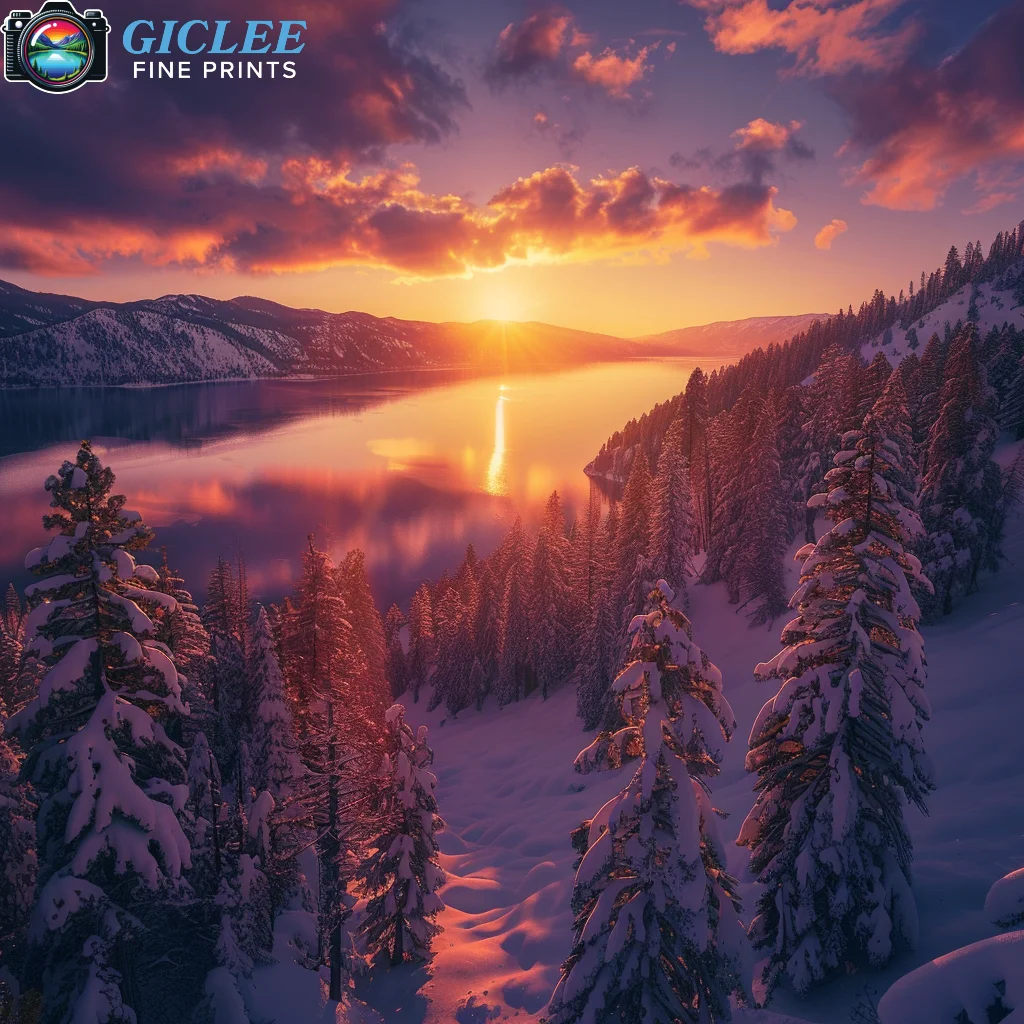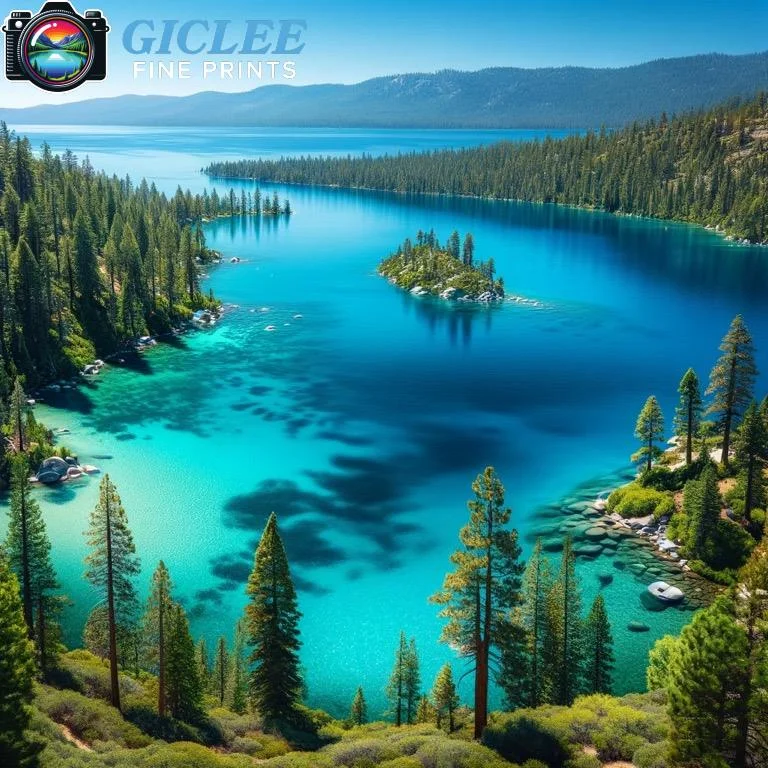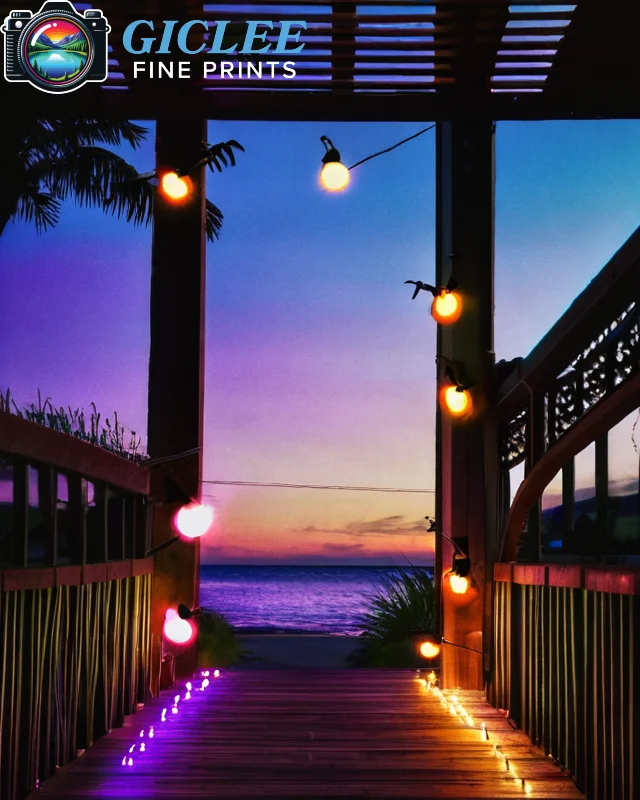
Turning your artwork into prints is an exciting step—whether you want to print on canvas, fine art paper, metal, or even peel-and-stick wall art. But before you can make your artwork come to life, you need a high-quality digital version of it. You can either scan it or take a photo of it. Both ways work well, but each one has its own strengths. Let’s break down when you should choose one over the other!
When to Choose Scanning
Best for Flat, Smaller Artwork:
If your artwork is flat—like a drawing, watercolor, or print—and it fits on a scanner bed, scanning is a great option. Scanners capture lots of detail and make sure your artwork looks sharp and clear.
Advantages of Scanning:
- Consistency: Scanners give even lighting, so your image will look smooth without any glare or reflections.
- Detail Preservation: Scanners capture every tiny detail, like brushstrokes or pencil lines. This is perfect for detailed prints.
- Color Accuracy: Scanners do a great job of capturing the colors in your artwork, which helps make sure your prints match the original piece.

When to Choose Photography
Best for Larger or Textured Pieces:
If your artwork is too big for the scanner or has thick textures—like heavy oils or mixed media—photography is the best choice. A photo shoot can capture big canvases or pieces with 3D details that scanners can’t pick up.
Advantages of Photography:
- Flexibility: You can photograph any size of artwork, whether it’s a huge canvas for a peel-and-stick wall art print or a large canvas print.
- Handling Complex Textures: Photography can show the depth and dimension of thick or textured art, which scanners might miss.
- On-Location Capture: You can photograph your artwork in a studio or gallery, so you don’t have to risk damaging delicate pieces by moving them.

Ensuring Quality, No Matter the Method
Whether you decide to scan or photograph your artwork, there are a few tips to make sure you get the best quality:
- Proper Lighting: Make sure the lighting is even and neutral, especially when photographing artwork. Avoid direct sunlight, which can cause weird color changes.
- High Resolution: Always aim for at least 300 DPI at the print size you want. This keeps the print detailed and sharp.
- Color Calibration: Use a calibrated monitor to make sure the colors on your screen are accurate. This helps your print match the colors in your original artwork.
Contact Us
Our address is: 3816 Pioneer Trail Ste #3, South Lake Tahoe, CA 96150
Email: Info@gicleefineprints.com
FAQs
Yes! For large pieces, you can scan them in parts and then combine the scans into one high-quality image using editing software.
Not really! If your artwork is small and flat, scanning is a great choice. For bigger or textured pieces, photography is better.
Use a gray card to help with color balance. You can also adjust the white balance and exposure when editing the photo. Make sure your monitor and printer are calibrated to keep colors true.


